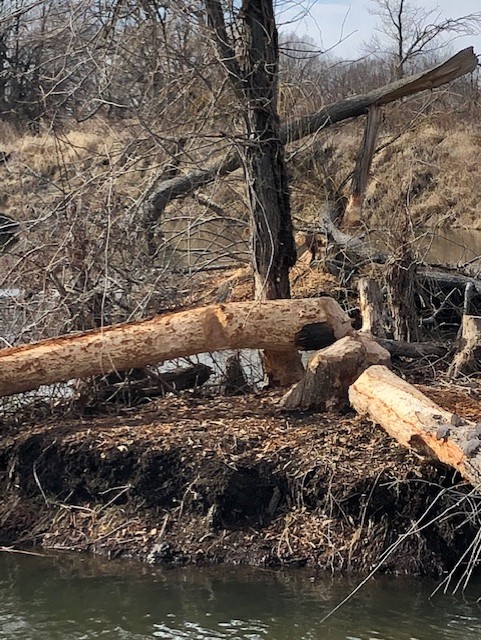Over the last twenty years, the beaver population in Ohio has been stable and abundant. Beavers preferred in forested ponds, lakes and rivers with the highest abundance being found in the eastern and southern portions of Ohio.
Are Beavers in Cleveland?
The Cuyahoga River flows through the middle Cleveland and empties into Lake Erie. Beaver Marsh in the Cuyahoga Valley National Park provides one of the most diverse areas in the park. During the fall residents of Cleveland and Akron can find beavers building their dams.
When are Beavers a Problem?
Beavers are the largest rodent in North America. In general they are not aggressive toward people. When threatened, they can be aggressive. Before attacking, they slap the water loudly.
Beaver dams create thriving ecosystems, but nuisance beavers also cause flooding in residential areas and on public lands.
Their dams slow the flow of water, which affects surrounding soil, crop yields, city infrastructures, and even native populations of fish. Additionally, beavers are known carriers of tularemia and giardia.

What Does Beaver Dam Look Like?
Beaver Control in Cleveland
Beavers are extremely diligent workers. They stay in an area until they exhaust the available Trapping beavers is rarely the most effective means of beaver control. Whatever attracted the first group of beavers is still present and will be an attractant to other beaver colonies.
It is not feasible to exclude a beaver from an entire body of water, but there are beaver control strategies that do not involve trapping.
Removing trees and controlling water levels helps deter populations of nuisance beavers from wandering onto private properties. Homeowners who do not want to remove all trees from their land can wrap them in hardware cloth to prevent destruction.


